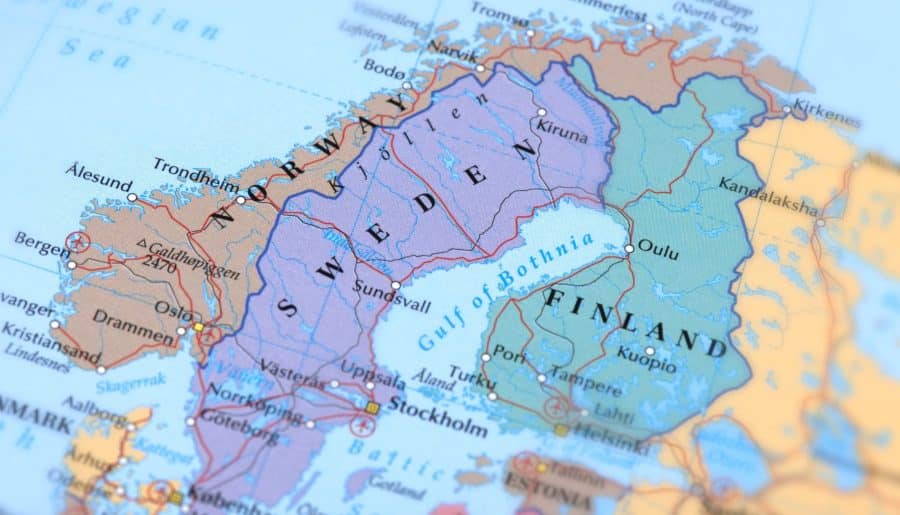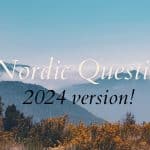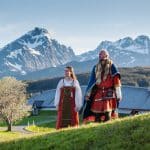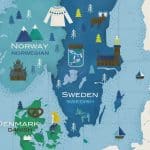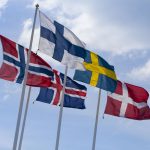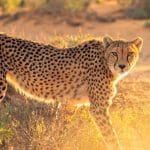When we think of the Nordic languages, we can usually think of Languages like Swedish and Norwegian.
Today, I will be talking about 3 different interesting Nordic languages that are spoken by very few people or have been used historically. This was very fun to research, so yea
Finnglish (American Finnish)
Just as the name suggests, Finnglish (or Fingelska) is a combination of American English and Finnish.
Created in the 1800s by Finnish-American settlers, they wanted to find a way to teach their children about Finnish culture, including the language. However, the Finnish language is ranked as one of the hardest languages in the world, which is strange for a Nordic language.

The Finnish Americans did not want to overwhelm their kids at a young age, so they combined Finnish and English (and a little bit of Swedish; after all, most Scandinavians settled in the same place.)
For example, a Swedish-American and a Finnish-American can live in the same community) to create the Finnglish language.
Today, there are 26,000 speakers of Finnglish, and in some towns in Northern Michigan and Wisconsin, kids as young as kindergarteners get to learn Finnglish (Kudos to them for heritage preservation; it makes me super happy seeing it, especially while everything is happening due shutdowns of Nordic heritage centers.)
Greenlandic Norse
Unlike Finnglish, which a few thousand people still speak, this is a dead language. Greenlandic Norse is a language and not a dialect, as it was different from the Mainland version of Old Norse (The Viking Language), which is similar to modern Faroese and Icelandic.
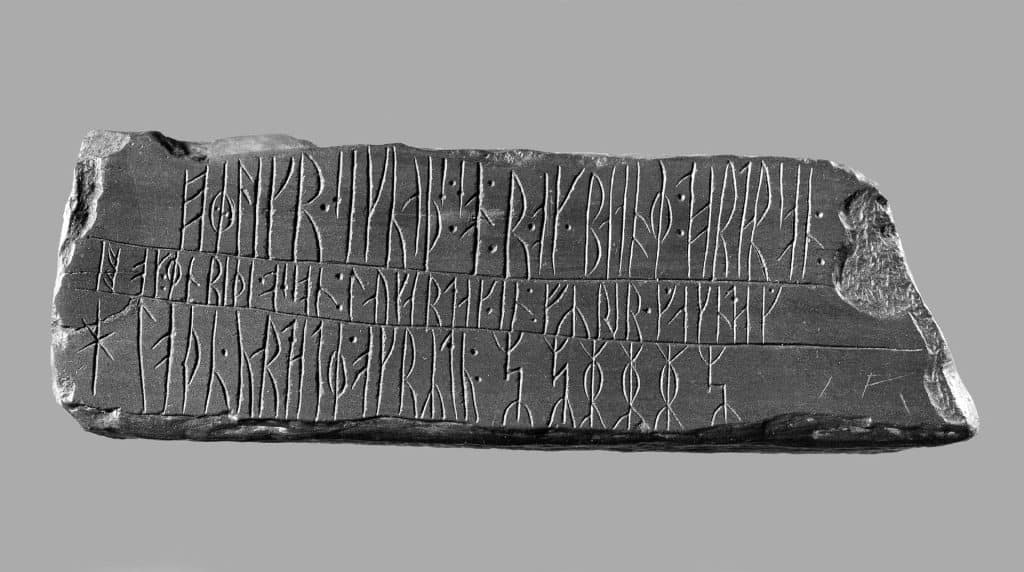
Greenlandic Norse is a variant of Old Norse spoken in Greenland, which is obvious. Now, the explanation for Greenlandic Norse will be brief because I couldn’t find a lot of resourses or artifacts about this language.
One of the characteristics of the Greenlandic Norse alphabet is that the Runes have different meanings. Unlike Mainland Old Norse, where runes represent one singular letter or short word, One Greenlandic Norse Rune can represent different letters.
For example, The Old Norse Rune “ᛏ (Tiwaz)” represents the letter T. In Greenlandic Old Norse, Tiwaz can also be used as the letter eth (ð) in the Modern Icelandic alphabet.
Greenlandic Norse died between the 15th and 16th century. The Modern Greenlandic has no connection to Greenlandic Norse or any Scandinavian language despite its very heavy influence on Viking history. Modern Greenlandic is more connected to Indigenous Canadian Languages.
Kven
Kven (or Kvääni) is a Nordic language that is related to Finnish and Baltic languages like Estonian or Latvian. Kven is spoken by the Kven people who live in Northern Norway.
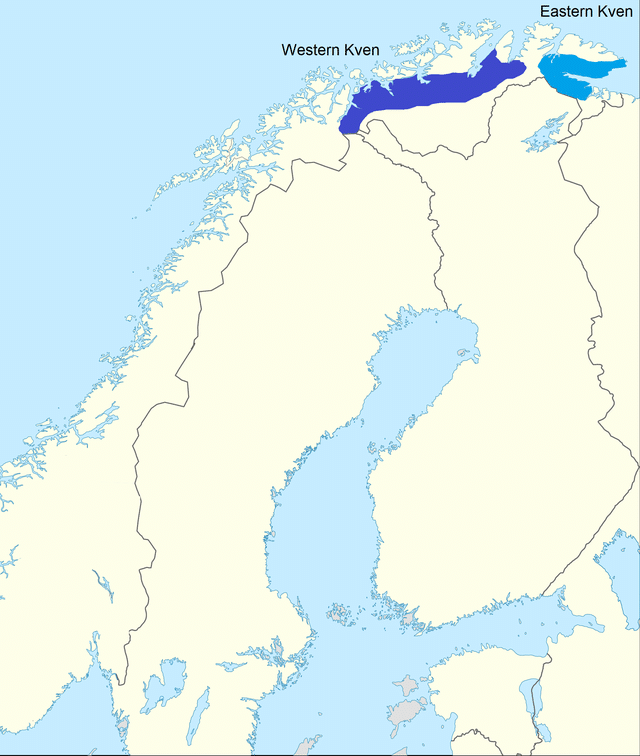
And for a heads-up, Kvens and Sámis ARE NOT the same people. There are some theories that Sámis and Kvens are genetically related, but I couldn’t find a lot of info (I may cover this in a new article I am saving for next year)
Kven is spoken by 5,000 people only. Even though there are an estimated 60,000 Kvens (there is no real terminology of a Kven; if you are a Finnish person who has Finnish ancestry from the 1800s, then you may be considered a Kven by the government)
The Kven language is shorter than most Scandinavian alphabets, with only 28 letters. The Kven language has been described as “a Simplified version of the Finnish language” by some people.
Due to its very similar traits to Finnish, many Kven Children learn Finnish instead of Kven. Kven is a hard language to learn with linguistic difficulty, but it is much easier than Sámi and Finnish.
RANDOM FACT: There has been only one recorded pop-esque song in Kven’s history. The song is called Kadonu Loru, which is based on a Children’s song and has been released by the Sámi Media Publishing company, Iđut.
Hope you enjoy this. Bye 🙂
